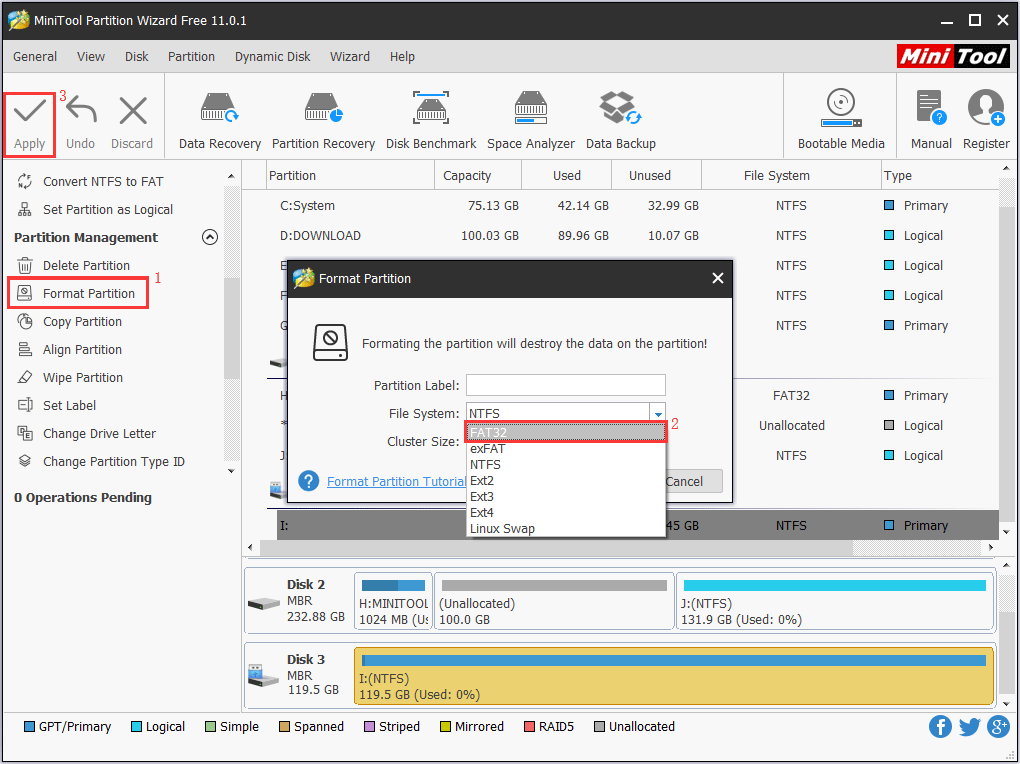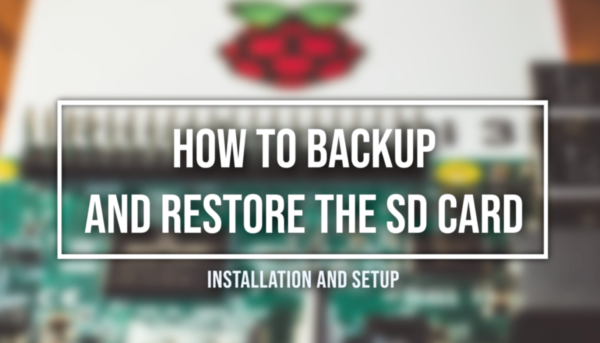

After locating, there are two methods one can use to extract and copy files from the Raspberry Pi Desktop to your formatted SD card. Locate the Raspberry Pi Desktop that you had downloaded in step one. Step 3: Extract and Copy Files From the Raspberry Pi Desktop to SD Card Therefore, if you are not interested in downloading the SD card formatter, try the Disk Utility option.


Note: MAC users can use disk utility to format their SD card. In completion of the formatting process, close and quit the SD card formatter. This will take a while, depending on the size of your memory card and computer speed. Don’t freak out since the process is the same in Windows.Īfter installing the SD card formatter, open it and select your card, after which you will choose the format type mentioned above then run the formatter. I am running a MAC, and therefore, I will illustrate using a MAC.
#SD CARD FORMATTER RASPBERRY PI FOR MAC#
However, you can choose to erase the disk in MS-DOS/FAT format for MAC users. In windows, make sure you select the FAT format while formatting the card. after the installation is done, click close and launch the SD card formatter. Below is an image of a complete installation of the SD card formatter version 5.0.1.
#SD CARD FORMATTER RASPBERRY PI INSTALL#
Next, install the file into your operating system. Locate the download folder containing the SD card formatter and extract the zip file. Put your SD card into the SD card slot of your computer. If not, you can purchase an SD card adapter. Make sure your computer has an SD card slot. After the download process is complete, we are now good to go to the next step. The Raspberry Pi desktop contains the famous Raspbian operating system plus other operating systems covered later on in the article. Use the links below to download the required files before beginning.ĭownload the Raspberry Pi Desktop from hereĭownload the SD Memory Card formatter from here Installing noobs on Raspberry Pi 4 Step 1: Downloading Required Filesīefore we begin the installation, there are crucial files that should be downloaded. If you have the peripherals mentioned above, let us now get onto the installation process. Besides the Raspberry Pi 4, other vital peripherals needed are:


 0 kommentar(er)
0 kommentar(er)
